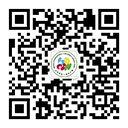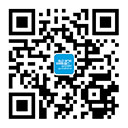

Design Days Dubai presents some of the most interesting design to come out of the region; a design approach which marries local traditions with contemporary ideas.
Since its inception in 2012, Design Days Dubai has had a strong international presence, reflecting the city’s position as global meeting point and stepping stone between Asia and the West. Over the past 4 editions, the fair has seen an increased presence of design from the UAE and region; from 5 regional designers in Design Days Dubai’s first edition to over 50 designers from the region this March.
Viewing their role as essential in preserving their cultural heritage, designers from the region often weave cultural and historical narratives into their work, exploring local materials and traditional methods of production in unique and thoughtful ways.
Design Days Dubai takes a looks at some of this year’s regional exhibitors:
UAE-based MONOGRAM exhibits at Design Days Dubai for the first time this year. The design team and owners are local patriotic designers dedicated to spread good design that inspires, informs and expresses their identity. 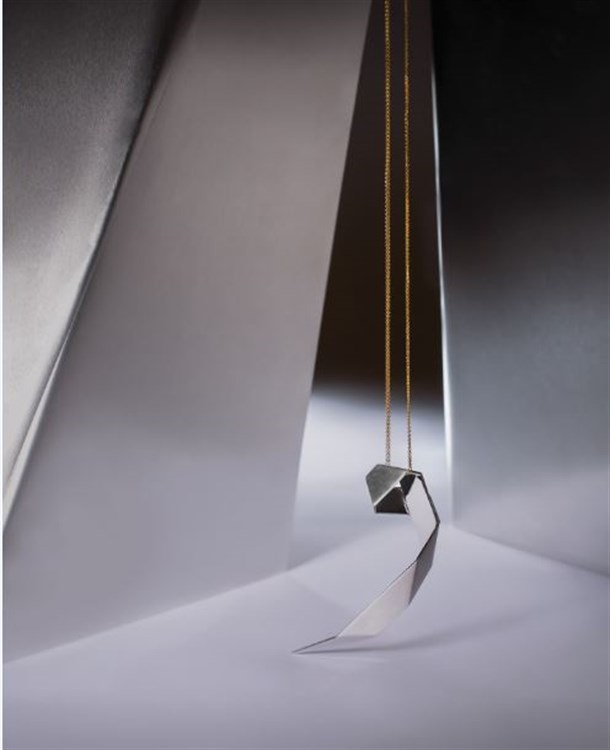 Monogram, 'Waw' Escaping Flatland, 2016
Monogram, 'Waw' Escaping Flatland, 2016
With language considered the backbone of any culture, MONOGRAM presents a one-off architectural sculpture that portrays the Arabic conjuction word ‘wa’ – meaning ‘and’, which represents the link between contemporary life and traditional culture. The sculpture is designed to evoke the culture in the United Arab Emirates, which is daring, multidimensional and urban and underlines the need to preserve the Arabic language in the fast-growing Emirati culture.
Founded in 2010 by 2 sisters, Nisreen and Nermeen Abu Dail, Amman-based Naqsh Collective takes its inspiration from contemporary and traditional Arabic aesthetics. Concepts of art, architecture and heritage are adapted as minimal and modern looks, shapes, meanings and compositions are extracted to reflect the beauty of culture.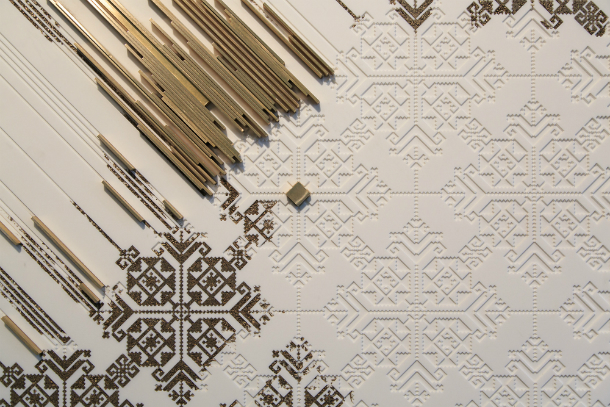 Wihdeh Collection, 2016
Wihdeh Collection, 2016
Naqsh Collective presents the Wihdeh Collection; a collection inspired by the different units of embroidery from the Levant region, specifically Palestine, reflecting the effect of the various eras the region went through. The engraved walnut wood and Corian surfaces are enhanced with brass fillings to create minimal sculptures with a sculptural feel. The use of those two materials allows the presence of cultural elements in non-traditional patterns and presentations.
New exhibitor Aisha Al-Sowaidi’s designs are an expression of the fast development of her home country, Qatar. Aisha reworks and modernises traditional objects commonly used in the home and attempts to bring the modern city closer through her use of materials. 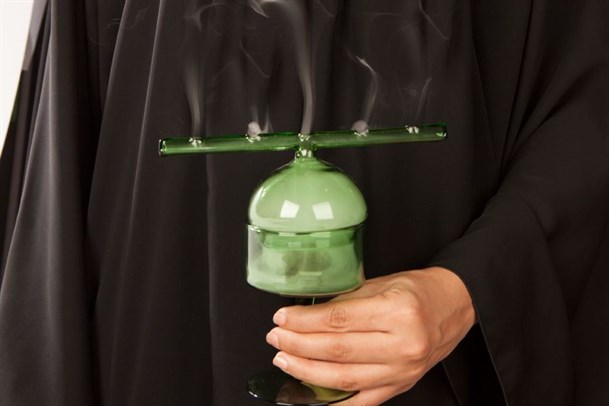 Aisha Al-Sowaidi, Midkhan Emerald Green, 2016
Aisha Al-Sowaidi, Midkhan Emerald Green, 2016
To Design Days Dubai, she brings her limited edition collection of Midkhan, a familiar objects used on a daily basis to fragrance the home, clothes, hair or body. Aisha focuses on the personal usage of Midkhan for clothes and hair and has designed 3 different forms of Midkhans that are small in size with a protective head to direct the smoke and protect the hair and clothes from the hot charcoal.
FBMI, the UAE carpet production and community development programme which empowers over 4,000 female artisans in the hand-knotted industry and weaves over 25,000 square meters of hand-knotted carpets annually for international clients worldwide, presents the work of Khalid Shafar. 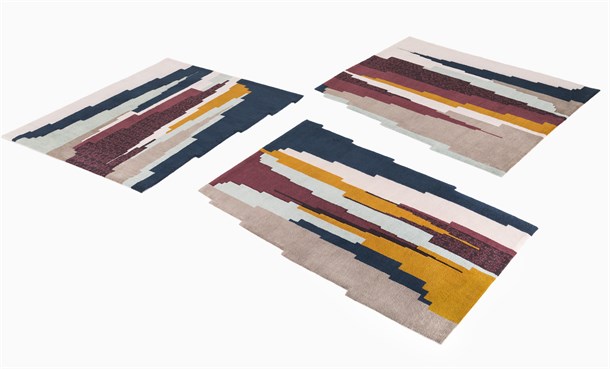 Designed by Khalid Shafar, woven by FBMI
Designed by Khalid Shafar, woven by FBMI
Woven in the traditional Afghani Chapat weaving style, Khalid Shafar’s collection of three unique wool rugs was inspired by the designer’s signature pattern. It allows the joining of any two rugs of the collection or all three together forming a larger single piece. To further highlight the collaboration beyond the making by FBMI, specific parts of the pattern in each rug were left as a blank canvas for the Afghani women weavers/artisans to contribute their own design using Afghani.

地址: 北京市 东城区 青龙胡同1号歌华大厦A座8层
邮编: 100007
电话: 010 84186820
邮箱: info@bjdw.org



